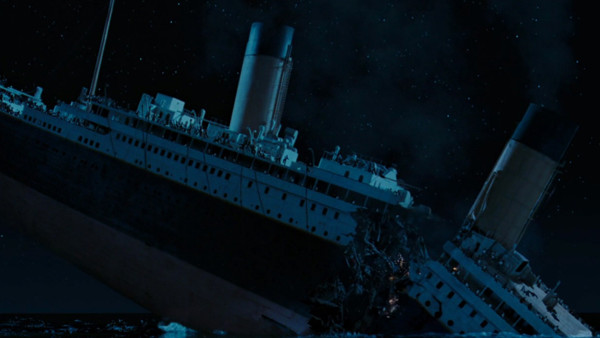10 Ways You Think About The Titanic All Wrong
5. People Wouldn’t Believe It Split In Two

As water flooded the bow of Titanic, it began to go under from the head down, which eventually created enough pressure for the whole thing to snap in two. That's as common knowledge as it being labelled unsinkable, right? Well, it may be now, but for a whole seven decades after the sinking this version of events was treated as a madcap theory.
Based on the post-sinking investigations and reaffirmed by passenger testimony, the ship went down in one piece, and did so with very little in the way of mechanical drama; in keeping with the calm of the ocean, it was an almost harmonious event.
It was only when the wreck was actually found (something that was viewed as an impossible feat) in 1985 by Robert Ballard that the evidence became irrefutable - the stern, found first, was over a third of a mile away from the bow. While a pretty accurate version of events on the ship had been worked out in the years since (thanks in no small part to Walter Lord), this changed how the mechanics of the sinking were viewed. Although even then, historians weren't in complete agreement on how it had gone under. Even in 2012, the centenary of the sinking, it was still very much open to scientific debate.